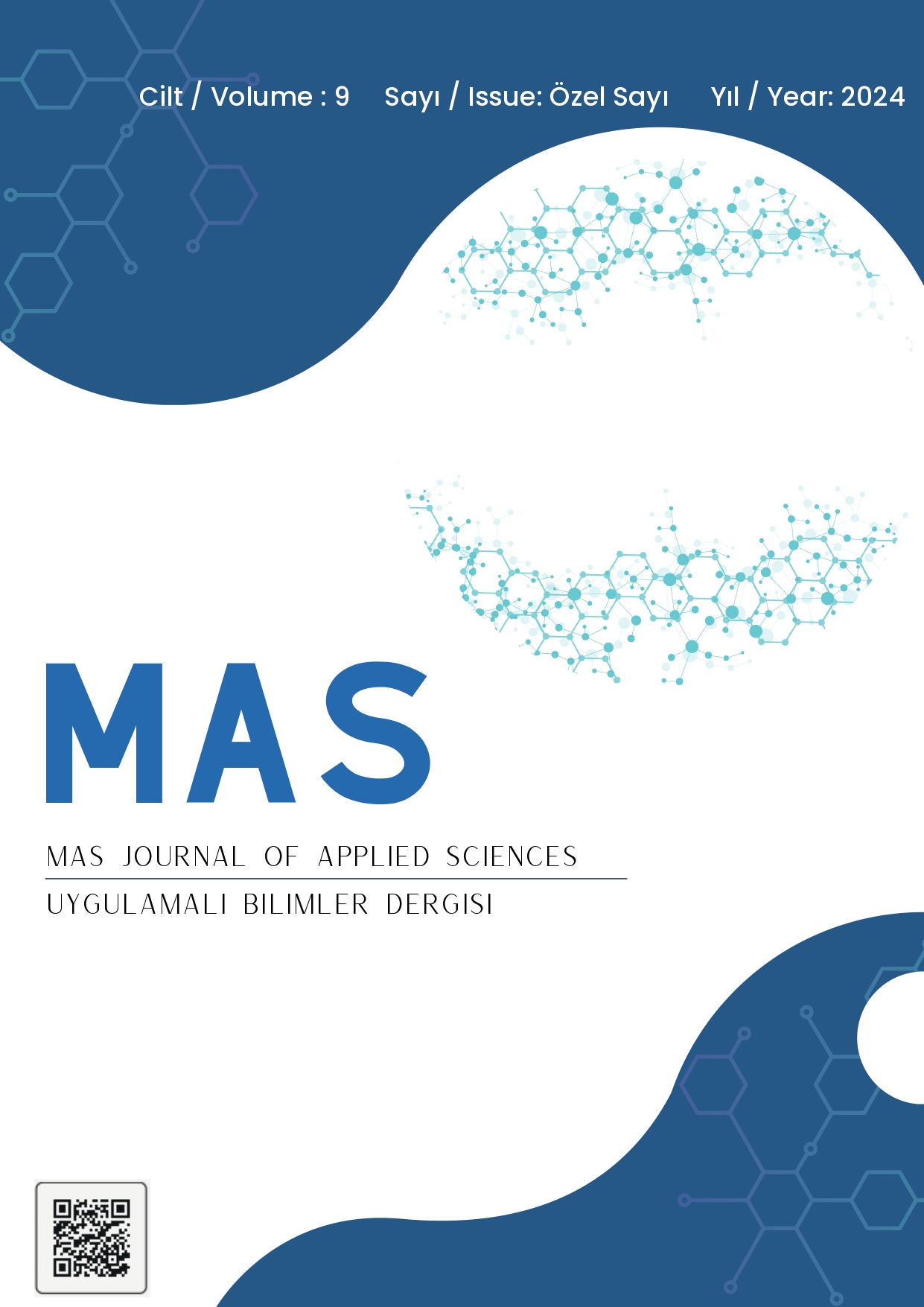Design and Analysis of an Automotive Differential by Changing the Final Reduction Ratio
DOI:
https://doi.org/10.5281/zenodo.13908098Keywords:
Differential gearbox, gear, speed-torque, final reduction ratioAbstract
Differential gear system is called the system used due to the different amounts of distance traveled by the wheels of the vehicles while cornering. Differential is designed according to the road handling performance and some features of the vehicles. Differential types differ due to needs. In fact, they all have the same function. In the differential gear system, hypoid bevel gears are preferred instead of spur gears. The differential mechanism is a gear system that transmits the movement of the drive shaft to the wheel, reduces its speed and increases its torque, and ensures the ease of the first movement in the vehicle. In the hypoid gear type, since the gear axes are perpendicular to each other, the center of gravity of the vehicle is moved closer to the ground, improving the handling of the vehicle. The use of any of the bevel gear groups of the ring gear and pinion gear is preferred because it reduces vibration and noise caused by friction. Commonly available automobile differentials have a maximum reduction ratio of 6. This is because designing an automotive differential with a reduction ratio greater than 6 results in a bulky design that is impossible to position with the limited space available. Also, increasing the size of the differential can lead to excessive unwanted weight. Most land vehicles have differentials with reductions of 3 or 4. Commercially speaking, it is almost impossible to find a differential with a reduction greater than 6. Most manufacturers introduce an additional single-speed gearbox, but this would complicate the design and increase service costs. The aim of this study is to design and analyze a differential with different reduction ratios. The article includes a force-based analysis performed in Adams and Ansys Simulation, as well as all calculations to prove the success of the design. In this study, changes were made in the cycle ratio by keeping the ring gear constant and taking into account the changes in the number of pinion gears. As a result of mathematical calculations and analysis, a decrease was observed in the normal module value as the cycle ratio increased. A quieter working environment was provided by using hypoid gears instead of spur gears in the design. As the distance between the axes increased, the mirror helix angle decreased and the efficiency decreased. As a result of the analyses, it was possible to intervene earlier in problems that may be observed during and after the production process.
References
Altındağ, M., 2020. Transmission and differential applications in electric autonomous vehicles. Ms Thesis, The Graduate School of Natural and Applied Science of Marmara University.
Akkurt, M., 2000. Machine Elements Volume 1-2. Birsen Publishing House. İstanbul.
Arslan, M., 2011. Computer aided differential gearbox design, modelling and animation. Ms Thesis, The Graduate School of Natural and Applied Science of Fırat University.
Boos, M., Koepf, P., 1992. Electronically controlled limited slip differentials and wheel drive transfer gear boxes for car. 3rd International Conference on Innovation and Reliability, Firenze, Italy
Bahçekapılı, O., 2008. Locked differentials and their effects on lateral deviation control. Ms Thesis, The Graduate School of Natural and Applied Science of Yıldız Teknik University.
Behrooz, M., Crolla, D., 2012. Vehicle powertrain systems. London: Wiley.
Çetinkaya, S., 2023, Vehicle Mechanics, 8th Edition, Nobel Publishing Distribution. İstanbul.
Demir, A., Başeğmez, B., 2022. Powertrain. Seçkin Publishing, İstanbul
Dündar, A., 2022. Examining the effect of cushioned spring production process on vehicle comfort in clutch systems. Ms Thesis, The Graduate School of Natural and Applied Science of Uludağ University.
Erjavec, J., Ken, P., 2015. Today's Technician: Automatic Transmissions and Transaxles Classroom Manual and Shop Manual, Delmar.
Hancock, M.J., Williams, R.A., Gordon, T.J., Best, M.C., 2005. A comparison of braking and differential control of road vehicle yaw-sideslip dynamics. Proceedings of the Institution of Mechanical Engineers, Part D: Journal of Automobile Engineering, 219(3): 309-327.
Heinz, H., 1999. Vehicle and Engine Technology (2. Edition), The Bath Press.
Heinz, H., 2002. Advanced vehicle technology. Elsevier.
Huchtkoetter, H., Klein, H., 1996. The effect of various limited-slip differentials in front-wheel drive vehicles on handling and traction. SAE Technical Paper.
Kryger, J., 2007. Auto Technology theory and service second edition. Delmar Publishers Inc.
Leske, A., Schaffler, R., 1994. ZF Getriebe, Druckerei, Friedrichhshafen.
Matsuno, K., Nitta, R., Inoue, K., Ichikawa, K., Hiwatashi, Y., 2000. Development of a new all-wheel-drive control system. SAE Technical Paper.
Moldovean, G., Deaky, G.B., Gavrila. C., 2007. Influence of the cutting precision regarding the factors which influence the external gearing tooth load. Machine Design, 289-296.
Schmid, S.R., Hamrock, B.J., Jacobson, B.O., 2013. Fundamentals of Machine Elements. CRC Press.
Ordu, B., 2018, Dynamic analysis of the clutch system. Ms Thesis, The Graduate School of Natural and Applied Science of Uludağ University.
Topaç, M.M., 2010. Numerical investigation of the effect of Torsen differential on vehicle navigation dynamics with the help of a mathematical vehicle model. Ms Thesis, The Graduate School of Natural and Applied Science of Dokuz Eylül University.
Wang, C.N., Day, J.D., Farid, M., 2019. Service innovation model of the automobile service industry. Applied Sciences, 9(12): 2403.
Waldron, K.J., Kinzel, G.L., 2004. Kinematics, Dynamics, and Design of Machinery. John Wiley & Sons.
Xuan, J., Li, H., Zhang, W., 2024. Optimization of machine tool settings for Spirac hypoid gears by controlling symmetry of contact paths. Scientific Reports, 14(1): 11541.
Downloads
Published
How to Cite
Issue
Section
License
Copyright (c) 2024 The copyright of the published article belongs to its author.

This work is licensed under a Creative Commons Attribution-NonCommercial 4.0 International License.


